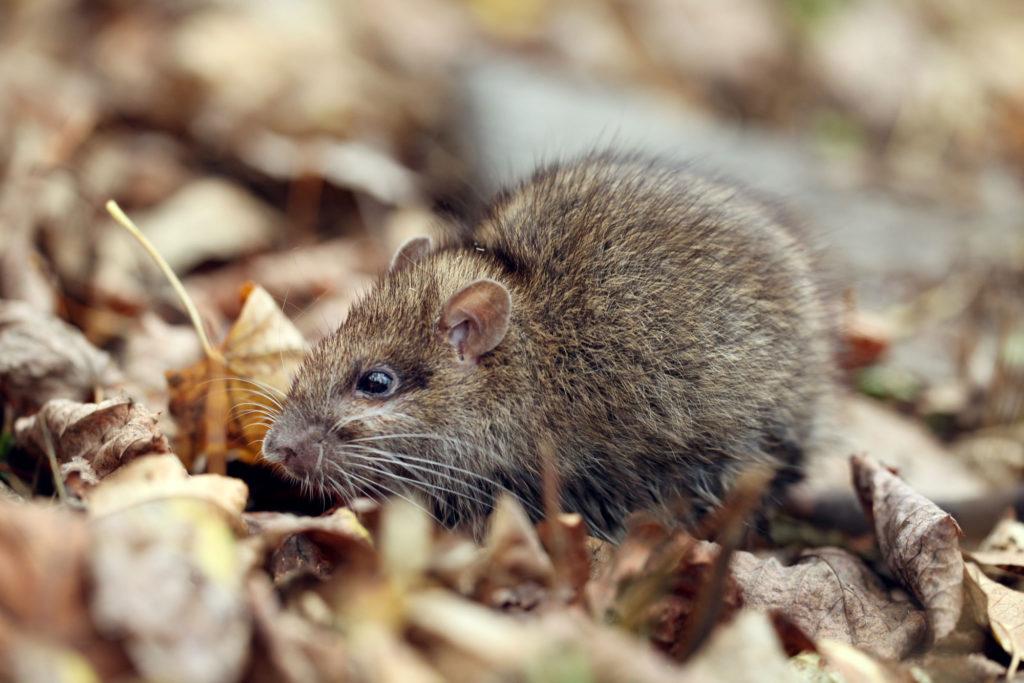Your home’s roof is a first and last line of defense against the many assaults which nature can muster. These include rain, snow, and debris, but also intense climate conditions, and of course, pests.
Unfortunately, it’s pretty easy to keep the weather and climate out, they lack any kind of instinct nor goal, as much as it can sometimes seem otherwise. Pests, however, are a little smarter and are driven.
Sooner or later, they can find a way in, even with a really good, brand-new roof in place. Many of these pests aren’t that intelligent, but they have the animal drive and instinct that weather simply lacks.
Most of these pests aren’t severely dangerous, but all can be unhealthy, and some can pose legitimate dangers of unsanitary conditions, property damage, or even aggression. Today, we’re going to talk a little bit about the most common pests that can get in your attic space. We’ll learn a bit about what sort of creature they are, signs of their presence, and what dangers they may pose.

Mice
Mice are one of the smarter creatures that can become an infestation. Being mammals, they have a little bit of problem-solving aptitude, strong instincts, and resilience. Mice are drawn to warm, dark places where they can breed in secret, safe from predators, and near something they can nest with, and eat.
They will destroy pretty much anything in your attic, including your structure, if they become widespread enough. They will spread to other parts of the house, especially your kitchen. They carry a multitude of diseases and can bite.
Signs of mouse infestations include small sesame seed-sized droppings and signs of something chewing and shredding things (paper is a favorite). Mice are best treated with poisons and traps.
Rats
Rats are the bigger, nastier brother of mice. Larger, smarter rodents, they’re also a bit more aggressive, known to bite or pounce when cornered. They carry a multitude of diseases, and are as destructive as a way meaner, bigger mouse sounds like it would be.
Rats are a bit less social than mice, meaning that a smaller amount of them tends to be present in a space. They will, however, spread like mice do, though slower and less efficient. Rats are best treated with traps and poison as well.
Bats
Bats are flying rodents, which means they’re relatively clever too. Bats have a bit of a stigma, due largely to vampire mythology, and the vampire bat being more commonly known than all other breeds. Vampire bats do not actually live in North America or Europe, rather small white or big brown bats being common. These bats feed on insects, which they swoop around lights and over ponds to capture.
Bats can be frightening as they all take off, some flying into you, fleeing in-mass from you. The truth is, escaping bats will never stop to bite you, escape being their only goal. The only way to get bitten by a bat, is to grab hold of it where it cannot escape. At this point, any animal will bite.
A bat bite is painful, and it can bring with it a risk of rabies. Bats are protected, pest control must be called to handle them.
 Raccoons
Raccoons
These are the nastiest pest on this list. Raccoons are very intelligent, and very social creatures. They may look cute from a distance, but raccoons are actually tremendously vicious animals, and surprisingly harmful. They have very sharp, large teeth, strong jaws, very strong arms, and sharp claws, and they are very fast.
That said, the presence of raccoons in an attic can pose the risk of being attacked if you go up there – something that will result in needing both stitches and rabies shots. Raccoons are destructive and very loud. Signs of them will include foreign objects being brought in such as food containers or the like, large dropping piles, and the sound of them moving around.
Raccoons are dangerous and must be removed by animal control.
Squirrels
Squirrels are also very smart, but are far less aggressive than raccoons, rats or even mice. A squirrel is a jumpy animal, and if it can run from you, it will always do so. However, a truly cornered squirrel can be a dangerous animal, as when agitated they can be formidable, with their long teeth and strong jaws.
Squirrels will chew things up, and make a general mess of your attic. Similar to raccoons, you’ll probably see some foreign objects dragged in, and you’ll see small rabbit-like droppings. Squirrels can be trapped but be careful. It’s best to have pest control specialists handle them.
Cluster Flies
Cluster flies are known for their tendency to group in large, well, clusters in nooks, crannies or wall voids in attics. They are drawn to the relatively constant temperature and absence of predators offered by places like attics.
They are not harmful but are a nuisance.
Cluster flies can be handled by fly traps, insect bombs, and sprays.
What Attracts Pests
Pests are drawn to attic spaces because they have relatively constant temperatures, they are effective in hiding places, and they provide a lot of room.
How Pests Get In
Most pests don’t need a damaged roof to get in. Roofs have to have ventilation systems, and often have windows in larger homes. These vents tend to allow pests to get in through the slats. Larger pests can often loosen these and get in past them.
Weaknesses around windows, flashings, and other things can allow many pests to slink in as well.
To learn more about the different pests and how they get in, fill out our contact form today!







